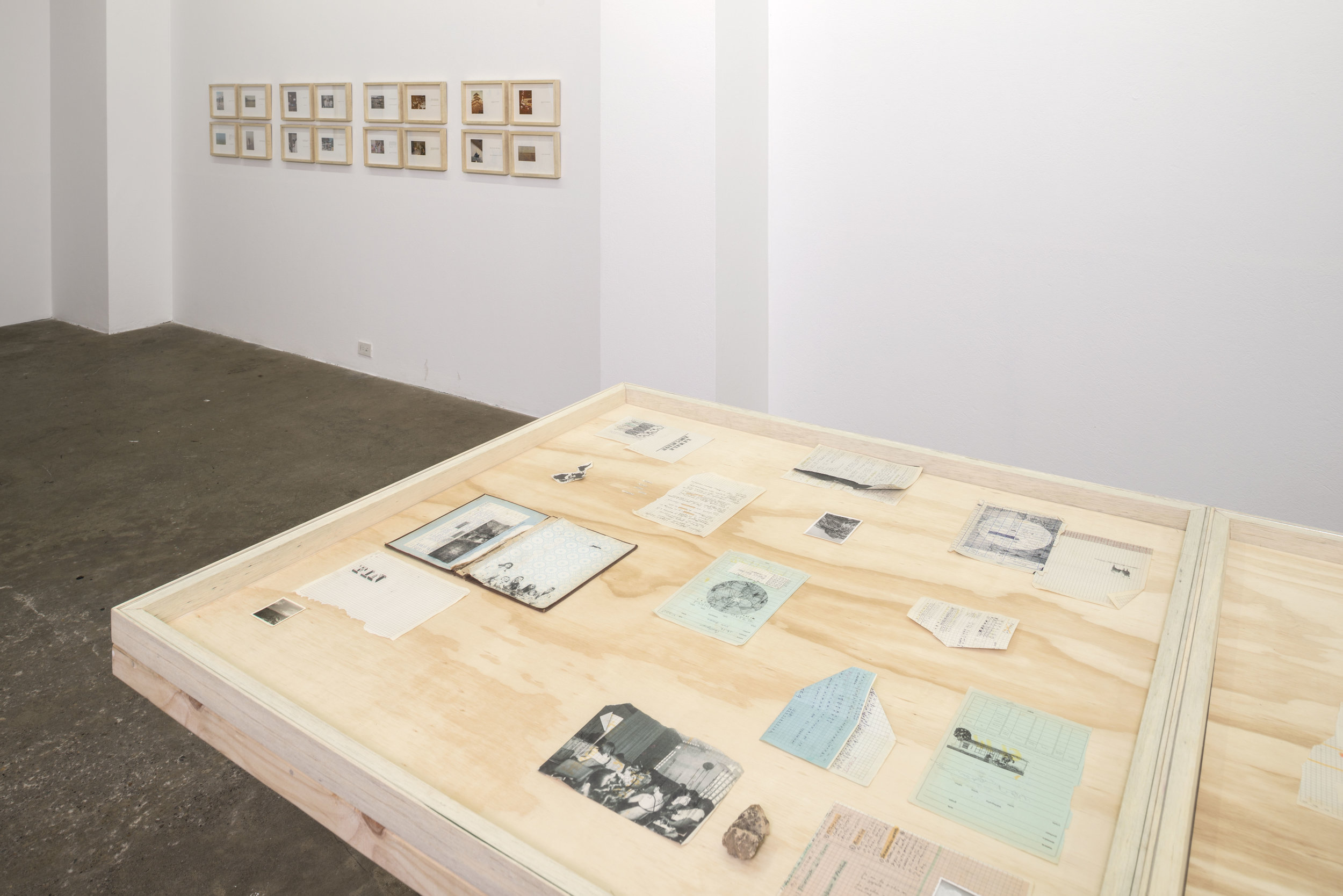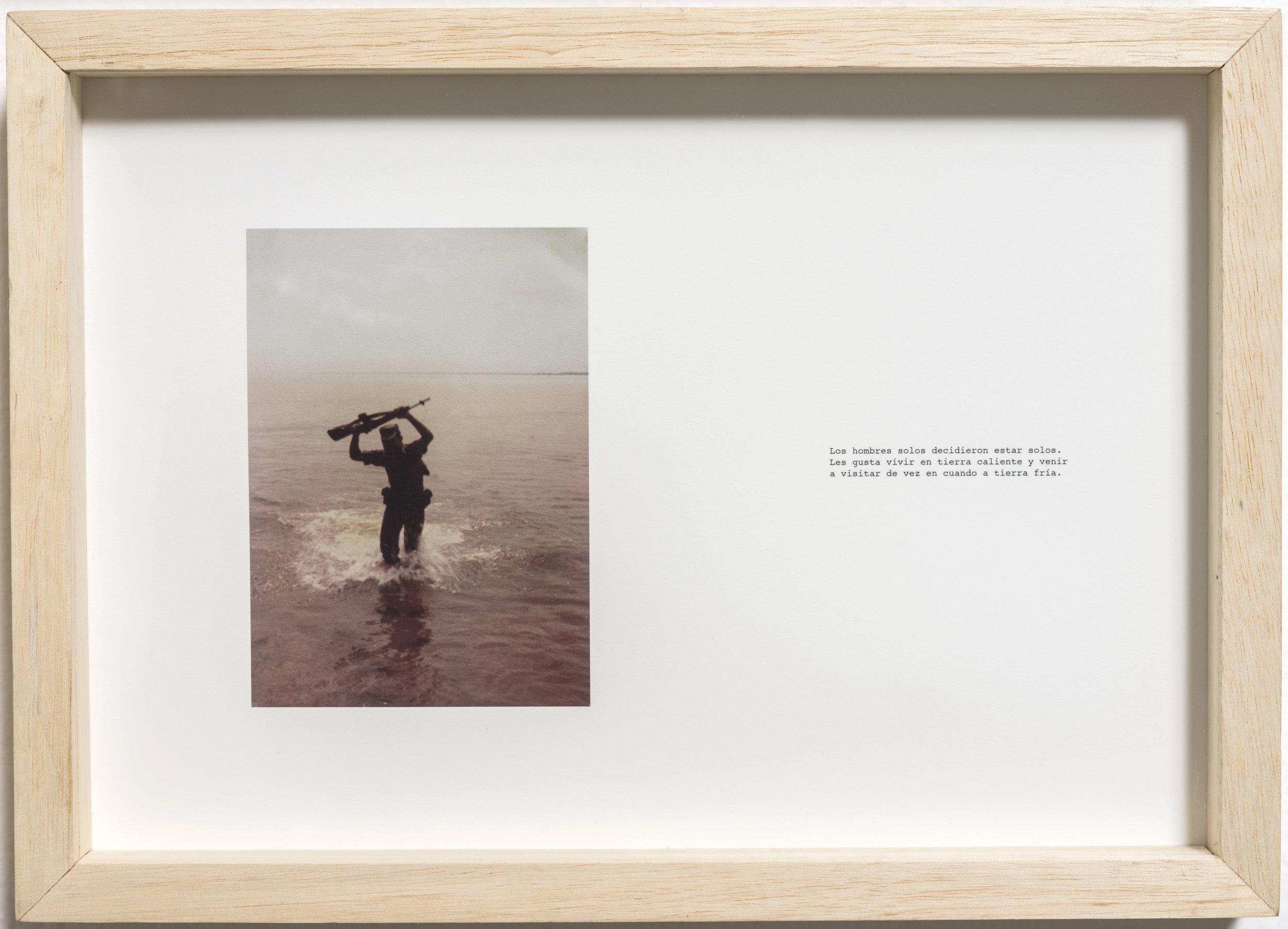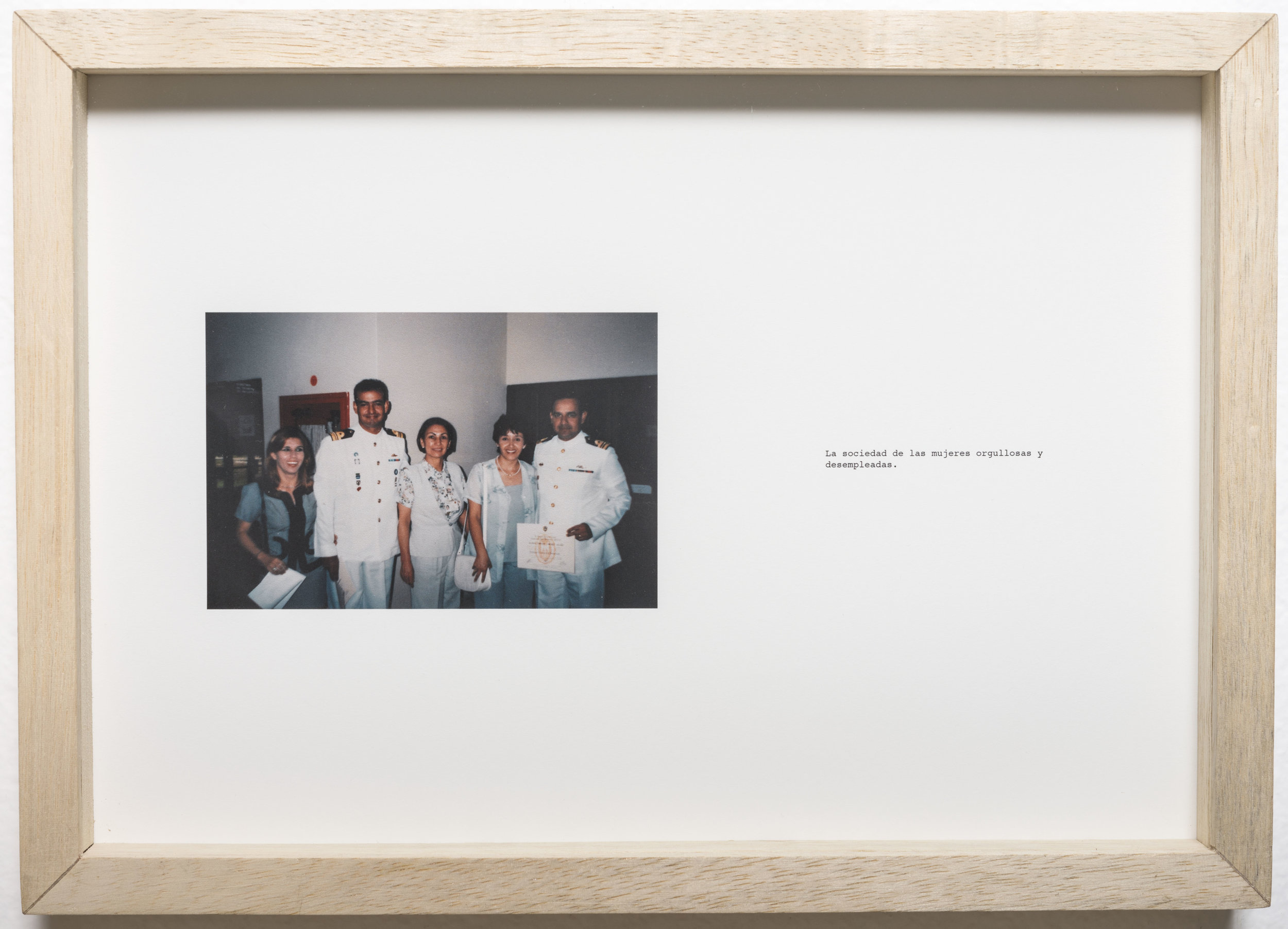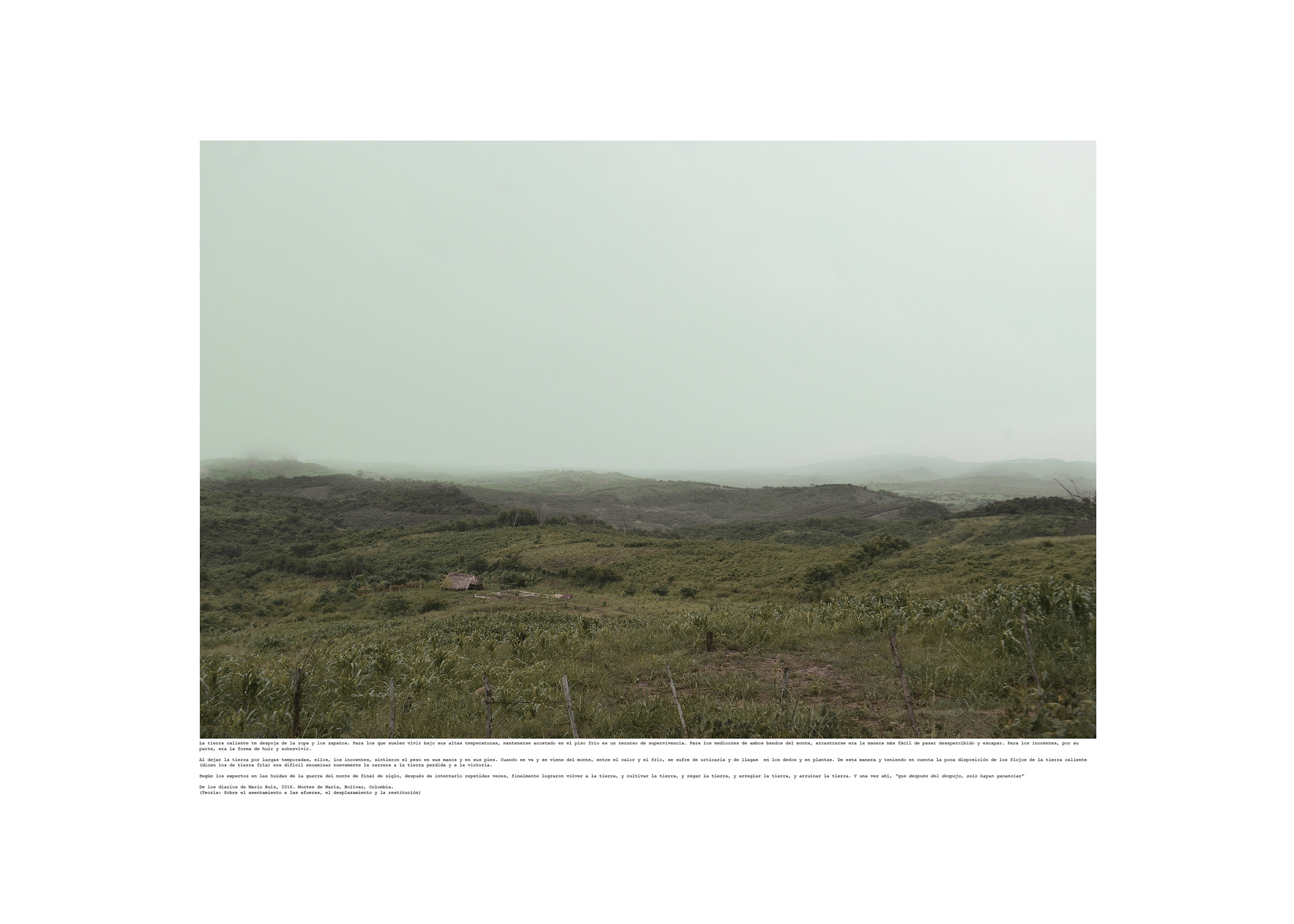Historia del fin de la guerra INGLÉS
The history of the [end] of war
Francy Jiménez
Why would a landscape become an image of war? Images of landscapes hurt no one. Sedate and jubilant, they seem to preach the most inoffensive form of representation. Rather than making a war postcard with pretty imagery, the statute of the war image occurs in a break, or iconoclasm of the eye of who makes the image. “Image” will not be the act of reporting and chronicle, “image” will be the group of acts, that lead the image-maker to fracture their own deceit toward what they see. Iconoclasm (a breaking of images) is a movement of conscience. The internal image is pulverized to reveal a second image, bearer of this grouping of torment, fury, contradictions and atrocities we call “war”. It is in this case the eyes of who, seeing the same lands for years and touching the sweet floor of the fertile mantle of earth, finds its warm spring to be a chroma curtain.The green of the earth of the Montes de María is an ornament on the hair of a girl who does not know what a delfina* is. “I had gotten mud on my shoes, and I had to get out of the car (...) My father, the temperamental military man, would layer reprimand me for my incompetence, which would set back the expedition.”
“After the delays, I decided to collect pebbles on the road. Only pebbles from that road. He didn’t know the boycott or conspiracy involved in this trip, but he suspected it. Nonetheless, he had no other option but to be quiet, keep driving, and continue. I was the pebble in the shoe, the pebble in his road:” Conspiracy is, in this context, a creative process. Boycott is a break in imagery and landscape, an image of war.
Who can see a war landscape? Who is the spectator? Images are not born spontaneously, they resist being seen. Who can see? The conflict is that the spectator is not born spontaneously; they have to seek their own breaking point, their internal iconoclasm. There is not only a chroma between the artist and her image; there is also one between the spectator and the work. Who is the spectator of The history of the (end) of war?
*Daughter of a military man
1 m. Way of processing moving image which implies the extraction of a color (usually green), which is used as a mask to superimpose on it an image or video.
2. Jiménez, Francy. “El Arte del Fin de la Guerra”. Undergraduate Thesis. Universidad Javeriana de Bogotá- Colombia. Faculty of the Arts, 2016.
Nathali Buenaventura Granados
Maestra en Artes Plásticas y Magister interdiciplinar en Teatro y Artes
vivas de la Universidad Nacional de Colombia.









